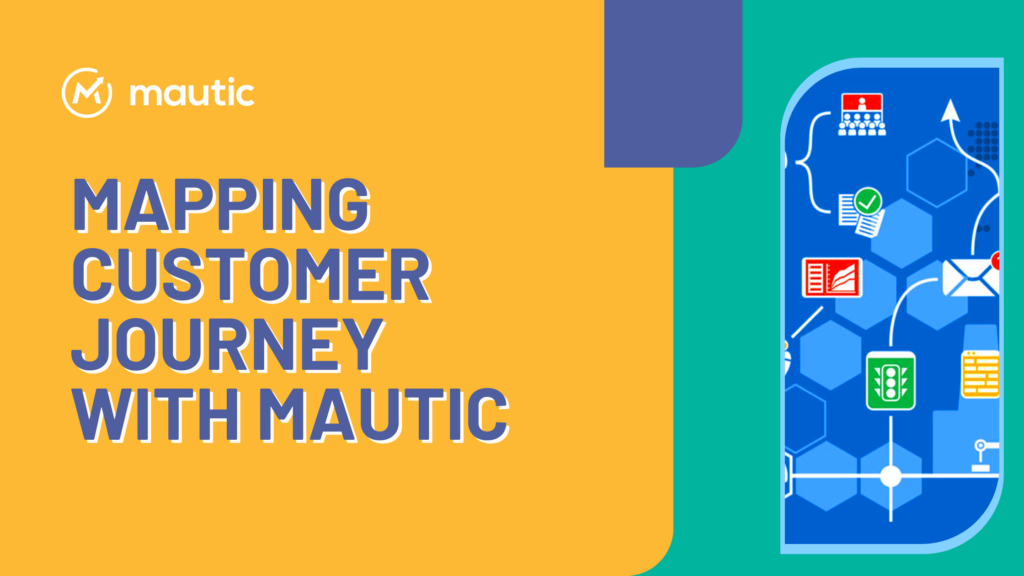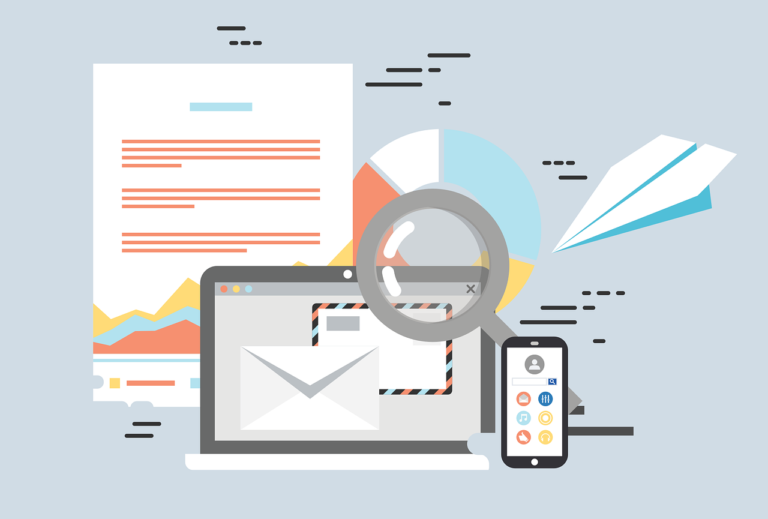The word journey might lead us to think of an epic experience, which might seem a little off-topic in a marketing context. But when you think about it, we do want our customers to have epic experiences with our brands. So, first, we need to understand what the customer journey is and why it matters.
The customer journey is the complete experience of a customer going from a “contact” (lead) to becoming a buyer. We usually think of this path as a map, with its landmarks, twists, and turns.
The customer journey map needs to be considered when creating a campaign in Mautic. There are a few different approaches to what is the best practice for a customer journey. Regarding Mautic and its abilities, we have chosen the most essential steps of the customer journey. We will explain how you can complete these steps successfully using Mautic’s features.
Five steps to build your first customer journey
The basic customer journey is divided into five steps:
- awareness;
- consideration;
- purchase;
- retention;
- and advocacy.
1. Awareness
Creating a welcome flow of emails followed up with nurturing emails is a common way of raising awareness. That makes your company more present among your public.
Mautic has a user-friendly interface that enables you to create your email campaign drips very easily, using either a template that is already available in Mautic or a coding mode for those who like coding.
Awareness can also be achieved through using other channels of Mautic, for example, if it is integrated with social media accounts.
2. Consideration
Consideration is the moment when a client starts thinking about your offer but hasn’t made a final decision yet. The client is considering the possibility of engaging with you further and they still need an extra push to go from considering to being sure they find the value in your offer.
Consideration means that the client has already recognized some value of what we have to offer, and they are, therefore, willing to go further and consider the purchase. There is an option in Mautic called Assets. In the Assets, it is possible to upload any type of asset you want and make it available for your potential customers to download.
These assets are usually a kind of promotional material that brings on the added value of a product. It can be a catalog, an ebook, a walk-through, or anything that you want. Document file types are also varied: a pdf, an image, a text document or some kind of spreadsheet, a questionnaire, a video, or any other promotional material.
The highlight of this feature of Mautic is the ability to see in the history which of your users have downloaded the material. That is, leveraging your customer’s consideration to drive them closer to the purchase.
3. Purchase
If we follow the same logic, once the users have downloaded your promotional material, you can very easily create a segment called “leads who have downloaded the e-book”. This segment can trigger sending personalized (but still automatic) emails that will lead your client to the next step of the journey, which is the shopping cart.
When you consider the path you are building for your customer, the idea is that you are first going to highlight the value of your product with the asset. Once the customer sees this value, they are more likely to complete a purchase.
4. Retention
Retention is the term for getting a first-time buyer to remain a customer and go on to other purchases. In terms of marketing strategies, one-way retention can be achieved through nurturing campaigns or upselling journeys.
For this matter, the focus item option of Mautic, or more popular, a pop-up campaign can be set and triggered at exactly the same time the first purchase has been made. The popup message can communicate some similar product being available for the upsell to the same group of contacts.
5. Advocacy
Needless to say how a good experience your client has had with your brand can influence your business reputation.
In Mautic, there is also a possibility of creating web push notifications. These web push notifications may show up even a day or two after the purchase has been made, just saying “Thank you for purchasing! You have gotten a point”.
This means the different channels are covering your client on their customer journey. Moreover, your customers know that they have been rewarded for the purchase.
Ivana Rosic is a marketing expert at Sales Snap. She is also a Project Manager, leading the Partnership program with Mautic. You can follow her on Linkedin and read more of her marketing strategy tips on the Sales Snap blog.



